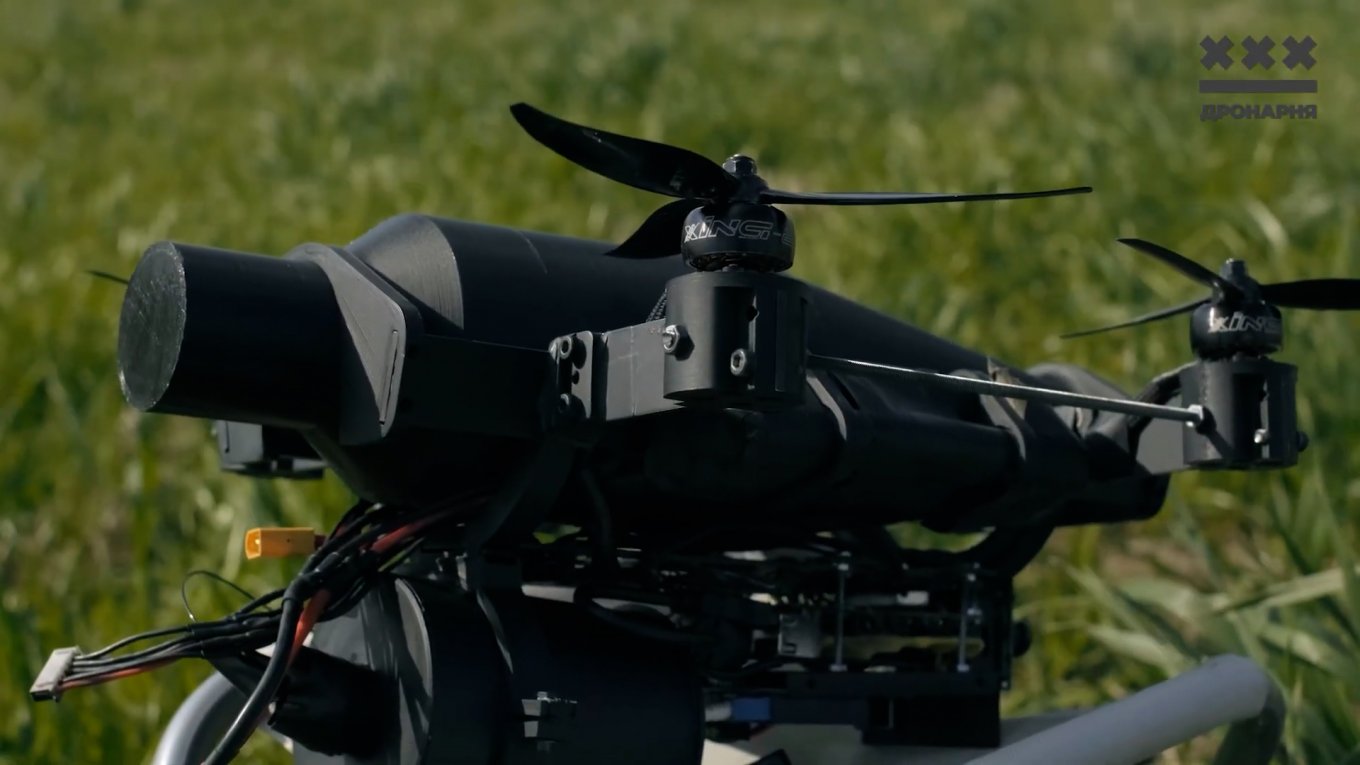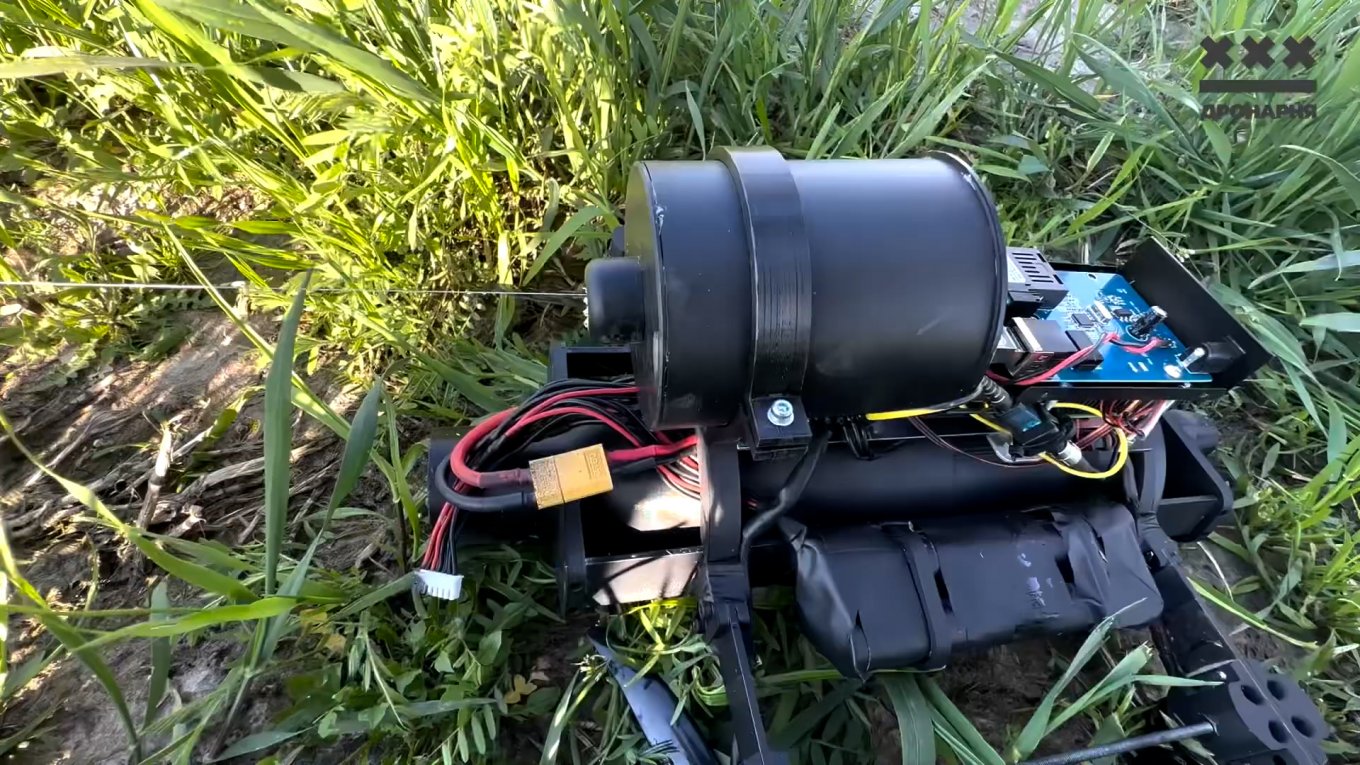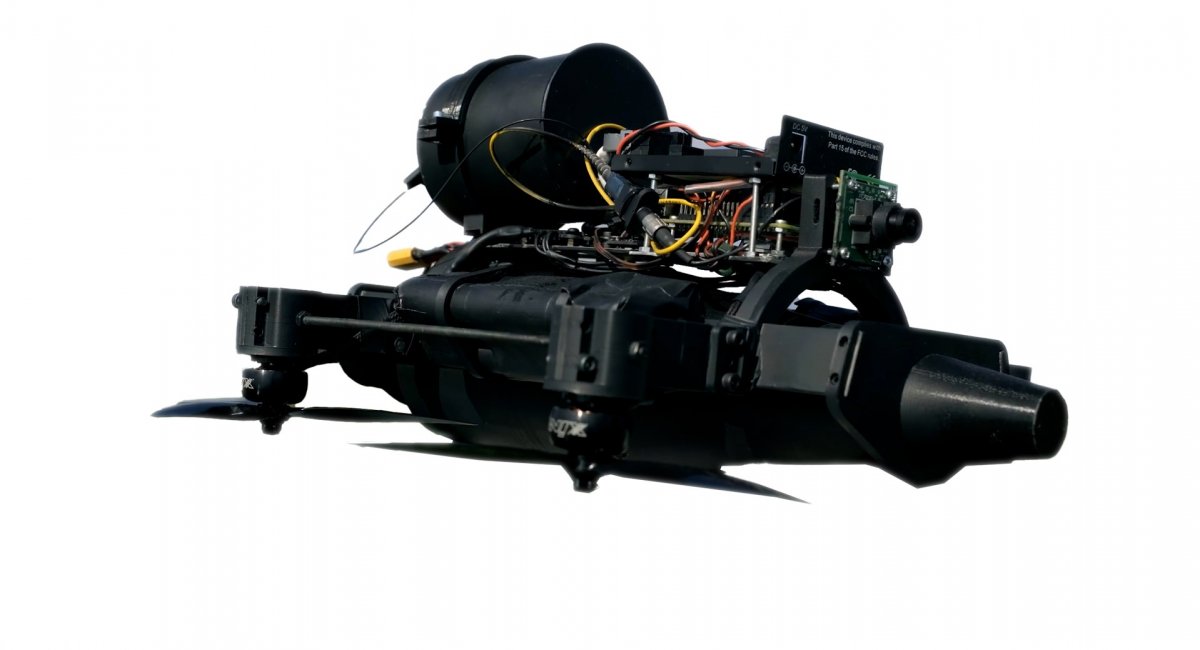Ukrainian engineers present the first domestic FPV drone with fiber optic technology (video)
“Bandera-Strike is one of the best-known Ukrainian FPV drones powered by fiber optics, which allows it to ignore any electronic warfare
FPV drones, which use fiber optics instead of radio to control and transmit video, are potentially a very promising area of development for this type of weapon. Moreover, steps in this direction are being actively taken by the Rashists, who are already testing such drones in combat conditions.
At the same time, Ukrainian developers are not standing still either. For example, Dronarnya, which is working on the development and production of UAVs, showed a sample of an FPV drone with fiber optics. At the same time, given the weather conditions, these works were carried out in the summer.

This FPV drone was named “Banderyk-Strika” and has the following declared characteristics: payload up to 3 kg, air time 15 minutes, tactical radius 1 km. But again, these parameters were achieved more than six months ago.
And the main thing in this case is not the drone’s parameters, but gaining experience and best practices in implementing optical fiber control.
As with the Russian counterpart, the drone itself pulls the wire along with it, while Bandera-Stripes chose a much thinner fiber optic. But, judging by the video, the drone is quite capable of performing quite aggressive maneuvers without crashing.

It is worth noting that the use of fiber optics allows you to completely ignore EWR, as all control is carried out through the wire. It also significantly improves the quality of the image seen by the operator. All of this qualitatively improves the drone’s efficiency and the probability of hitting the target.
Additional bonuses include the inability to record the drone’s operation and detect the operator by means of electronic intelligence. The ability to operate a much larger number of drones simultaneously without problems with crowding in the same radio frequency band, which makes it difficult to control.

In addition, it becomes possible to place the computing power for so-called “machine vision” to recognize and attack a target at the control station, rather than the drone itself. And this is a much cheaper option.
Objective disadvantages include the range limitation imposed by the length of the fiber optic, the possibility of its breakage, and the loss of the drone. But it is worth noting that without the development of an appropriate practical framework with a real analysis of the combat use of FPV drones, all this is just speculation.

